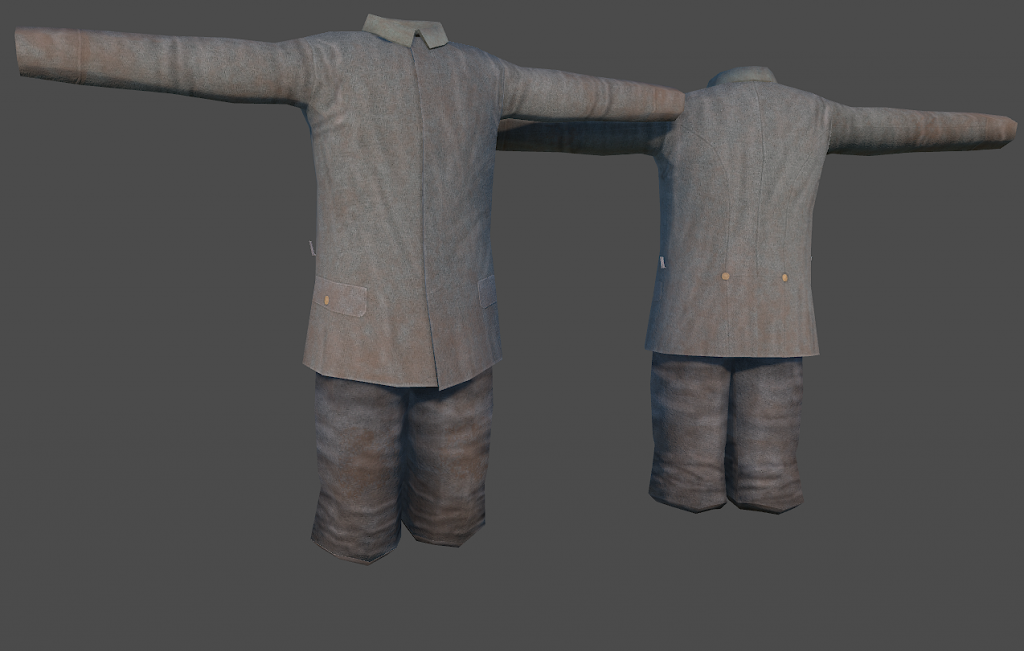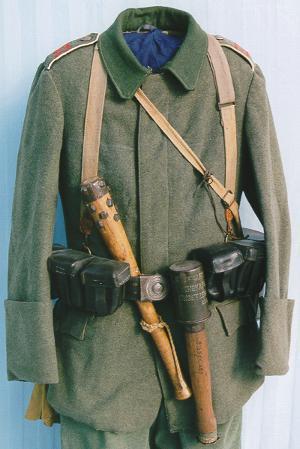They did, but they put up a pretty stiff resistance, and in doing so bought the French a good deal of time to prepare for the German invasion.
The French would have been in a very bad position had the Belgians simply allowed to the Germans to march through the country unopposed, as they Germans had hoped they would.
That said, there's almost no justification to include Belgium in a game set in 1917.
The French would have been in a very bad position had the Belgians simply allowed to the Germans to march through the country unopposed, as they Germans had hoped they would.
That said, there's almost no justification to include Belgium in a game set in 1917.


















